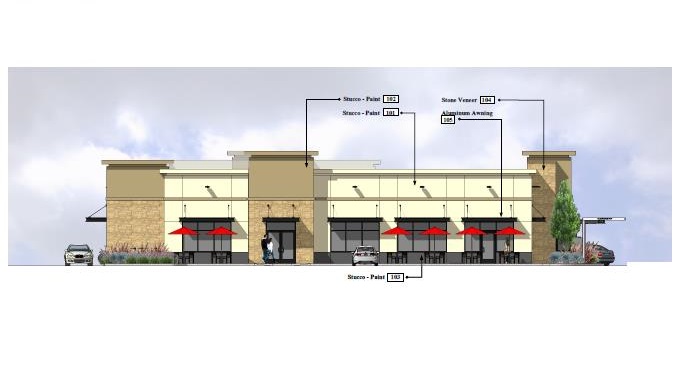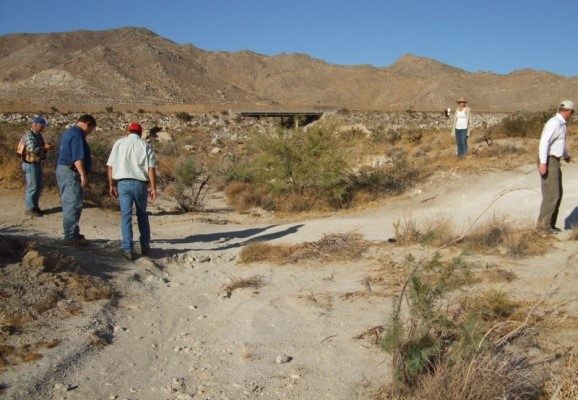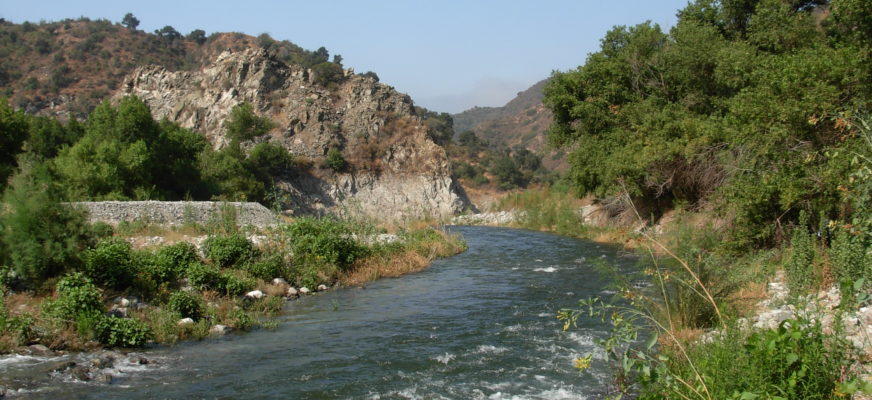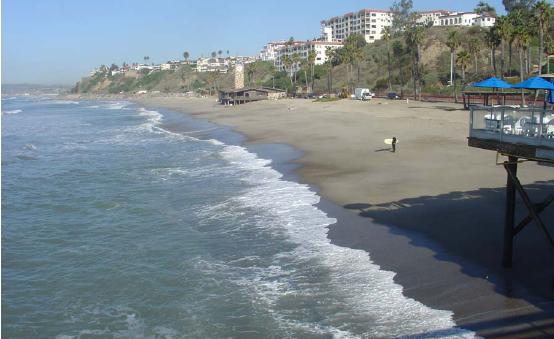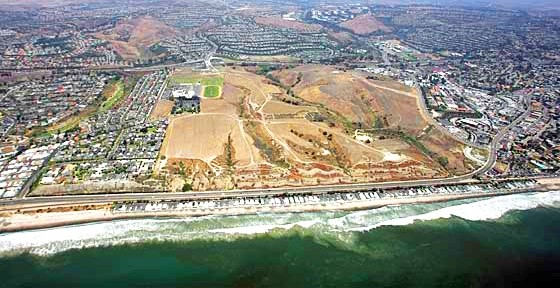Tehachapi Renewable Transmission
Environmental Compliance and monitoring, in addition to site specific safety planning and illness prevention for a 500 kV underground stretch of Southern California’s Edison 173 mile project

- SCE's Field Reporting Environmental Database (FRED)
- Nest Removal Requests
- Buffer Reduction Requests
- Project Closeout Letters
- Weekly Spill Logs
- Spill Reports
- Monthly Environmental Submittals
- Environmental Lead Support
- Environmental Compliance Plan
- Site Specific Safety Plan
- Health Illness Prevention Plan
- Environmental Monitoring
- Major coordination with the following agencies:
The Tehachapi Renewable Transmission Project (TRTP) from Southern California Edison (SCE) includes new and upgraded transmission infrastructure along approximately 173 miles of new and existing right-of-way (ROW) from the Tehachapi Wind Resource Area (TWRA) in southern Kern County south through Los Angeles County and the Angeles National Forest and east to the existing Mira Loma Substation in Ontario, San Bernardino County, California (CPUC 2007). TRTP will deliver electricity from new wind farms in the Tehachapi area to SCE customers and the California transmission grid. Consisting of new and upgraded electric transmission lines and substations between eastern Kern County and San Bernardino County, TRTP plays a vital role in meeting California’s renewable energy goal of 33 percent by the year 2020 (SCE 2015 plan).
Chambers Group provided a comprehensive suite of environmental and site specific safety compliance measures for an approximately 3.5-mile segment of existing ROW in the cities of Chino and Chino Hills between the west end of Eucalyptus Avenue and the Chino Valley Freeway (State Route 71).
Chambers Group prepared the Environmental Compliance Plan, Site Specific Safety Plan, the Health Illness Prevention Plan, and assisted the team in gathering and preparing additional plans required for approval. Upon approval of the Project required documents, Chambers Group provided environmental monitoring and lead support for the Project. Environmental monitoring measures included: visiting active work locations, identifying environmental concerns and communicating those concerns to the team, recommending solutions to issues arising from regular activities, and documenting environmental compliance. Daily monitoring duties focused on documenting compliance with air quality measures, dust control, trash abatement, track-out, weed control, Storm Water Pollution Prevention Program, environmental sensitive areas, hazardous waste management, and more.
Chambers Group took on the Environmental Lead support role which included: the responsibility of identifying the Contractor’s environmental requirements, assisting in their compliance, and tracking and reporting on compliance status. The lead support role also meant ensuring that Chambers Group onsite monitors were provided with and understood the Project-specific environmental measures and procedures. Finally, environmental reporting included: weekly spill logs, spill reports, assisting in gathering monthly environmental submittals, uploading approved environmental logs in SCE’s Field Reporting Environmental Database (FRED), submitting nest removal request, buffer reduction requests, and preparation and submittal of the Project closeout letters.
Deprecated: Function get_magic_quotes_gpc() is deprecated in /var/www/dev.vadimages.com/chambers-group/wordplate/public/wordpress/wp-includes/formatting.php on line 2402
Thank you for turning this around so quickly and again, a GREAT BIG THANK YOU TO YOU AND YOUR TEAM for your alacrity and thoroughness.”
Kelly Harrison, Director of Development, Dynamic Development Company

